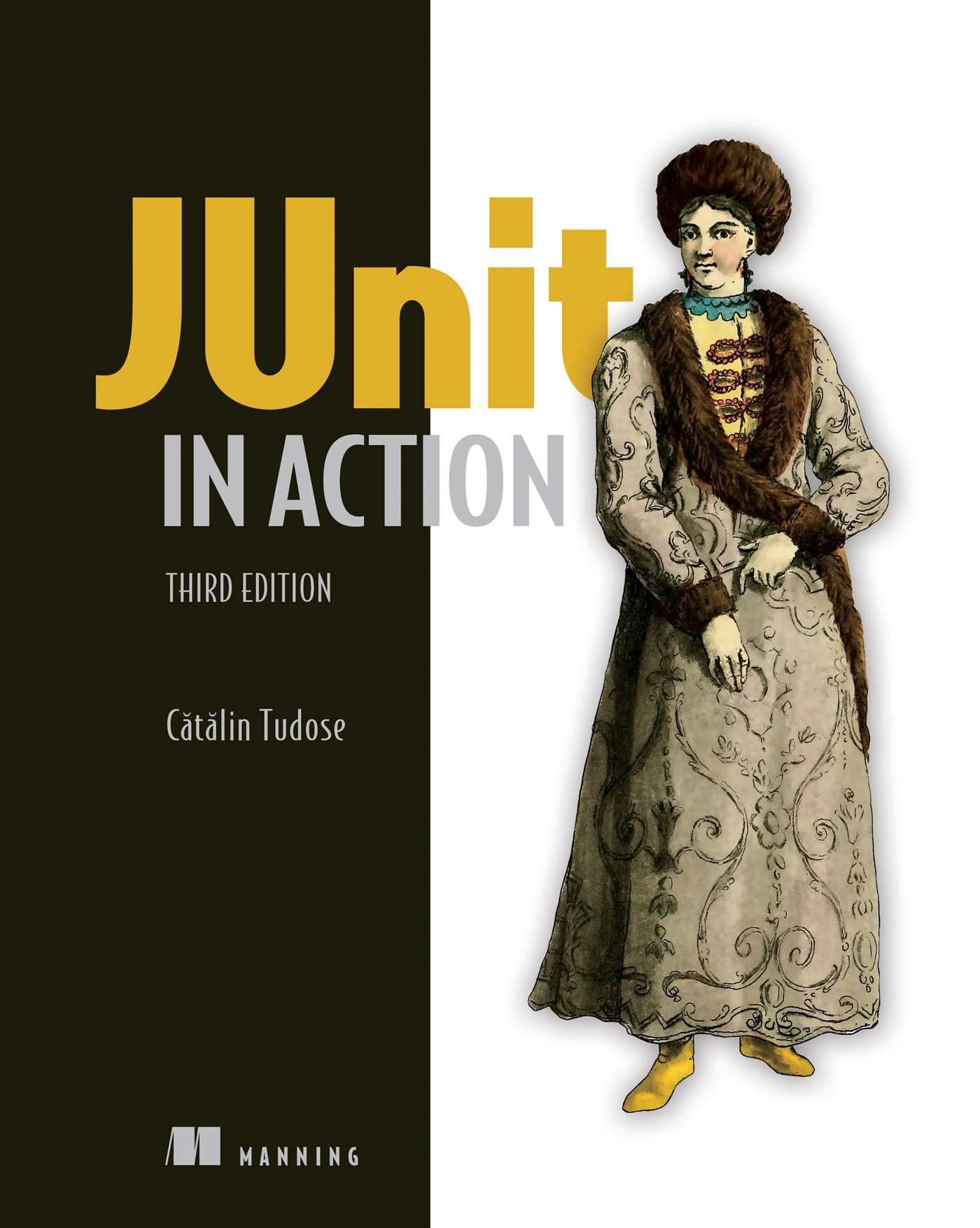What do you think?
Rate this book


525 pages, Paperback
Published December 8, 2020
Passenger passenger = new Passenger("900-45-6789", "John Smith", "GB");
assertNotNull(passenger);
private Flight economyFlight;
@BeforeEach void setUp() {
economyFlight = new EconomyFlight("1");
}
private Flight economyFlight = new EconomyFlight("1");